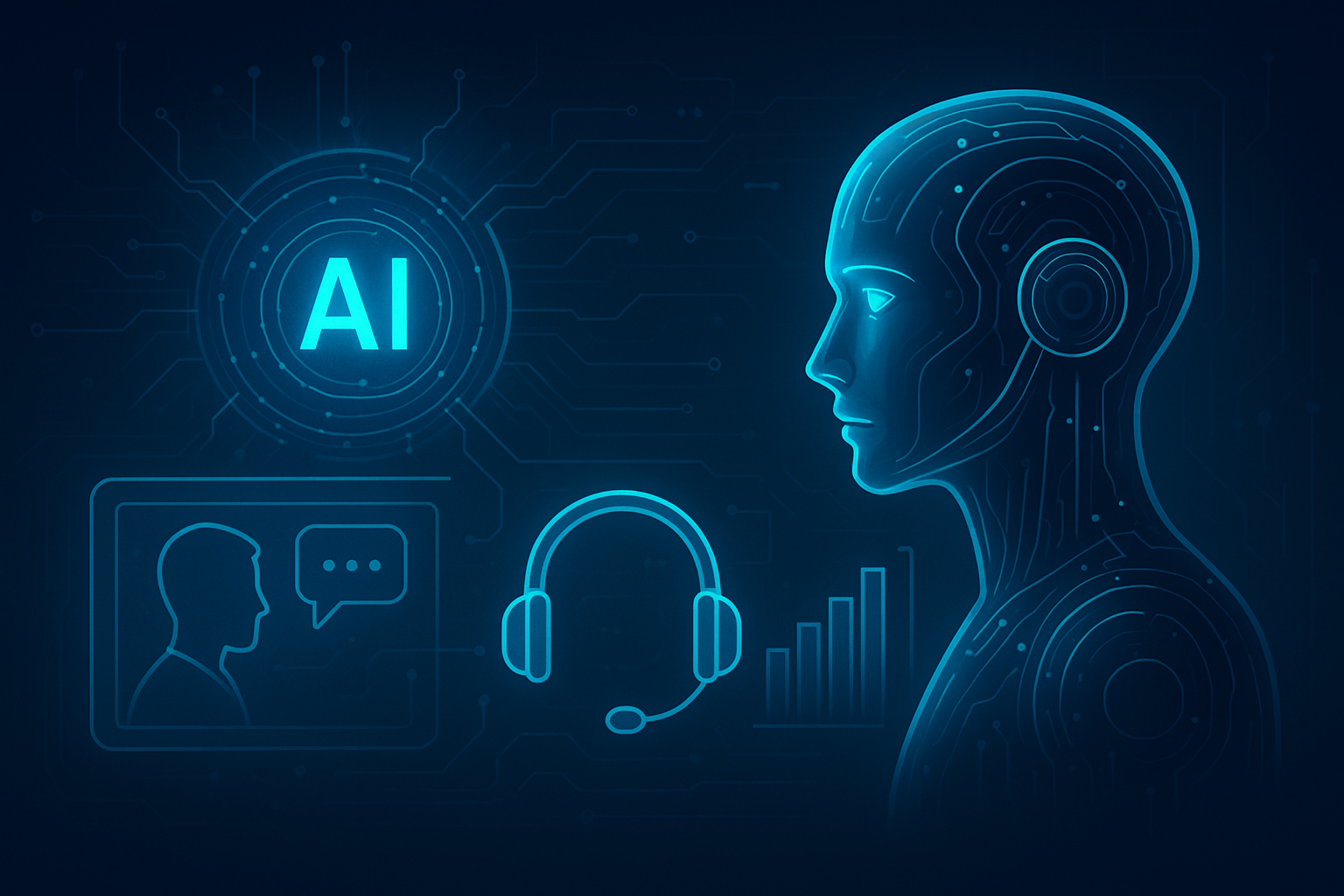Exclusive: AI Is Fueling a Power Surge, It Could Also Reinvent the Grid

The rise of artificial intelligence set off a race to build the infrastructure it needs to thrive. But as new facilities go up at breakneck speed, they are placing growing strain on the global energy system—raising a proposition that can no longer be ignored: can the technology driving this energy surge also be part of the solution? Estimates suggest that electricity consumption could triple by 2030, driven largely by AI workloads and the infrastructure supporting them.
by Brad Johnson, director, Electric Utilties, Bentley Systems
McKinsey projects that meeting this demand could require the equivalent of building 160 nuclear power plants. Already, regions like Northern Virginia—home to one of the largest data center clusters in the world—are approaching grid capacity.
What’s often missing from this conversation is nuance. While the challenges are real, so are the opportunities. AI’s impact on energy is not a one-way street.
AI can be a powerful tool for modernizing how we produce, distribute, and manage energy. It can help grid operators anticipate and respond to surges in demand, identify inefficiencies in transmission, and improve overall reliability. It can also guide smarter decisions about where to invest in new infrastructure—decisions that are critical as we confront the limitations of legacy systems built for a different era.

In some cases, the AI boom is pushing the energy sector to accelerate innovation that was already overdue. For instance, modular nuclear reactors—once seen as a long-term bet—are now gaining momentum as potential solutions for high-density energy needs. Grid-scale batteries and other storage technologies are moving from concept to deployment, enabling better integration of renewable energy into the mix. And the shift toward smart grids offers a way to build resilience while minimizing waste.
Still, the fastest path forward may lie in using the infrastructure we already have more intelligently. Across the energy lifecycle—from planning and permitting to monitoring and maintenance—AI and digital twin technologies can provide real-time insights that help extend asset life, improve performance, and reduce environmental impact. This is especially important in the context of climate change, where sustainability and efficiency must go hand in hand.
We’re seeing early signs of this in projects that integrate AI with next-gen grid technologies to predict power surges, dynamically shift loads, and manage outages more effectively. Efforts to repurpose and retrofit existing infrastructure—rather than default to building from scratch—are helping close the gap between demand and supply in ways that are faster, more cost-effective, and less carbon-intensive.
Data centers themselves are beginning to evolve as well. Some forward-looking facilities are now being designed with built-in flexibility to contribute back to the grid or operate independently during times of peak stress. These new models, combined with improved efficiency standards and smarter site selection strategies, have the potential to ease some of the pressure being placed on energy systems.
Equally important is the role of cross-sector collaboration. As the line between tech and infrastructure continues to blur, it’s critical that policymakers, engineers, utilities, and technology providers work together to shape the standards and policies that will govern this transition. That means not only building new systems, but also rethinking regulatory frameworks and investment strategies to prioritize resiliency, equity, and sustainability.
Just as important as technological progress is public understanding. Educating communities about how AI interacts with infrastructure can help build the support needed to scale promising innovations. Transparency around how energy is generated, distributed, and consumed—and how AI fits into that equation—will be crucial to building trust and encouraging participation.
In the near term, we also need to better define how we measure success. Efficiency and capacity should not be the only benchmarks; environmental impact, grid resilience, and equitable access to reliable energy must also be core metrics. AI can help track and improve these metrics, making it easier for both public and private stakeholders to align their efforts.
Meanwhile, international cooperation will become increasingly important. As energy markets globalize and AI adoption spreads, coordinated approaches to policy, research, and grid interoperability will be necessary to avoid fragmentation and maximize shared benefits. Forums that bring together cross-border partners and prioritize open data standards could accelerate progress.
To be clear, AI is not a silver bullet. It won’t replace the need for new investment or hard policy choices. But it can make our systems smarter, more adaptive, and ultimately more sustainable.
In the end, the energy demands AI is creating may serve as a forcing function—one that compels stakeholders across the public and private sectors to work together in new ways. Meeting this challenge head-on offers a path to both solving a looming capacity crisis and reinventing the energy paradigm itself.








